Eight in 10 U.S. churches now provide hybrid services, offering options for congregants to worship either in person or online during the COVID-19 pandemic, according to a new study from the Hartford Institute for Religion Research.
Almost a quarter of churches, the report said, have moderate to severe conflicts about pandemic restrictions.
Amid technological adjustments, decisions about government and their own denominations’ COVID-19 restrictions on gathering, and greater requests for food and financial assistance, 67% of clergy said 2020 was the hardest year of their ministry.
los nuevo estudio, which surveyed 2,074 churches from 38 denominations online this summer, is the first look from the institute’s project on the state of churches in the wake of the ongoing pandemic.
“These findings from the summer clearly show that the pandemic has had a profound impact across the religious spectrum, and that some churches are faring better than others,” Scott Thumma, principal investigator, said in announcing the study. “The fact that 83% of churches had at least one member test positive shows that almost no congregation was spared, but over two-thirds feel they will emerge stronger than before implies these faith communities are a resilient bunch.”
Your tax-deductible gift helps our journalists report the truth and hold Christian leaders and organizations accountable. Give a gift of $30 or more to The Roys Report this month, and you will receive a copy of “Hurt and Healed by the Church” by Ryan George. To donate, haga clic aquí.
Thumma, in an interview, said he was surprised that a third of the clergy did not say the last year was their most difficult in ministry.
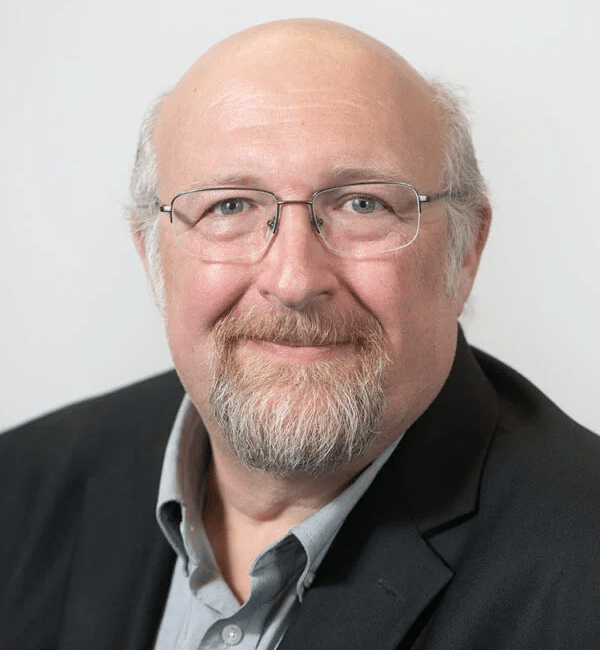
“You have to wonder, OK, so what year of your ministry was harder than the past year?” asked Thumma.
“Overall, it really shows that, I think, there are a good many congregations that have survived in pretty decent form but then there’s also a large chunk of them that are in kind of still a very bad way.”
The vast majority of churches — 88% — suspended in-person worship for some period of time. Most of those churches — 93% — have now resumed gathering in person.
Despite the switch for so many congregations to a hybrid model, more than half of the churches in the survey (54%) reported that at the pandemic’s height they completely halted fellowship events, such as church suppers and picnics.
But more than 30% of congregations saw growth in requests for food assistance, counseling and spiritual guidance and a quarter received more requests for financial help.
The rise in demand for these community services came as the churches saw an overall decline in the volunteers who might help meet those needs.
Churches reported that just 15% of regular adult participants were volunteering, a significant drop from pre-pandemic times, when the Faith Communities Today survey reported 40% of participants volunteering.
“In the same way that supply chains have been drastically upended by the pandemic, so too have many congregational ministry systems been disrupted,” the study noted.
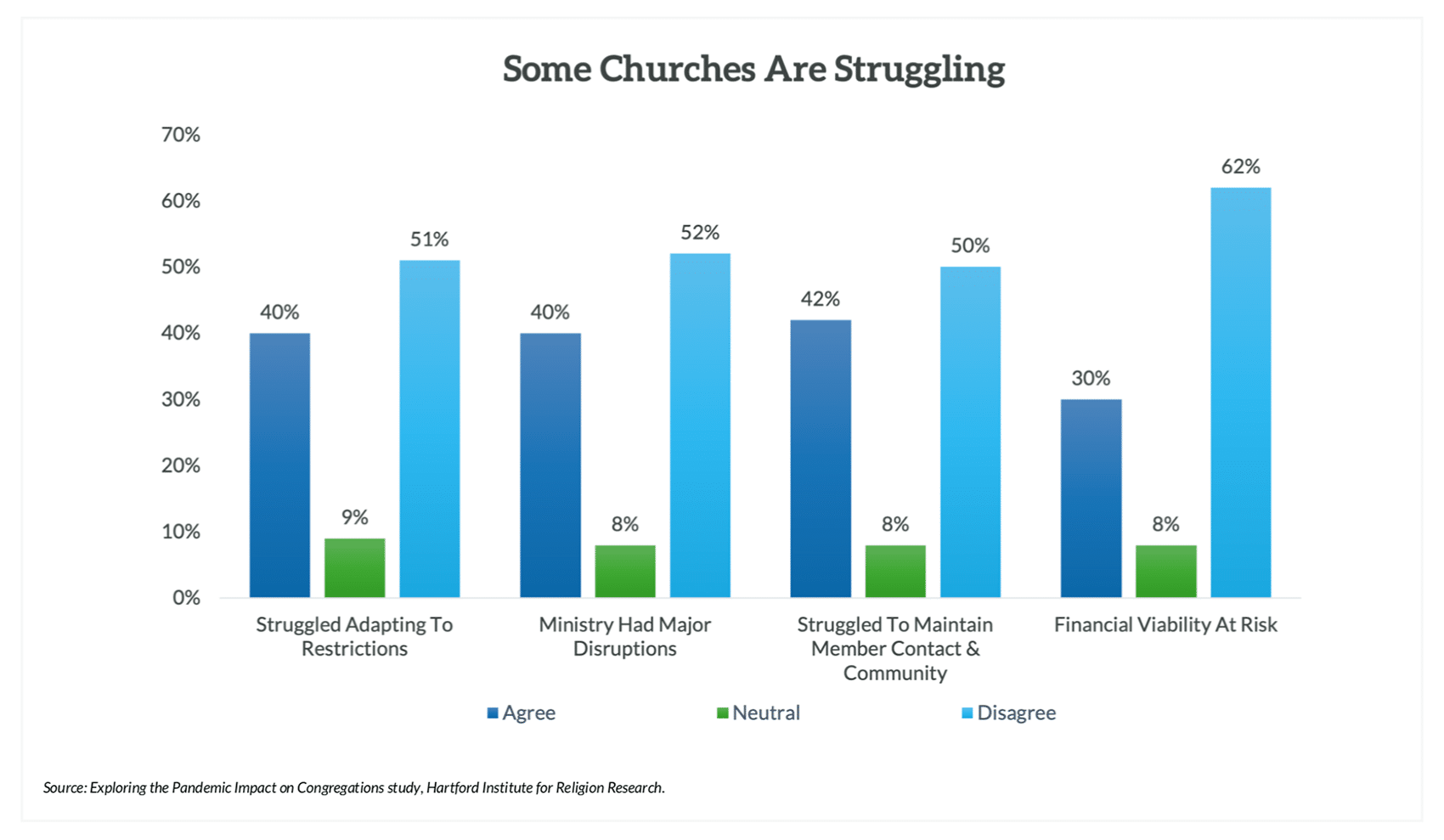
The majority of clergy (62%) encouraged church members to get vaccinated, but that stance varied significantly depending on their denominational affiliation.
“Among clergy from historically African American denominations 100% encouraged vaccinations, while 77% of Mainline Protestant clergy, 49% of Catholic/Orthodox clergy and 41% of Evangelical Protestant clergy publicly encouraged their attendees to get vaccinated,” the study stated. “Within majority Latino churches from various denominations, 65% of their clergy encouraged the vaccine.”
Eight percent of congregations have served as vaccine or test sites, and most of those were larger churches.
Researchers found that the pandemic is not affecting churches’ attendance equally. Since 2019, 35% of churches saw a decline of 25% or more. But 28% of congregations said they grew in the past two years, with 18% reporting growth of 25% or more.
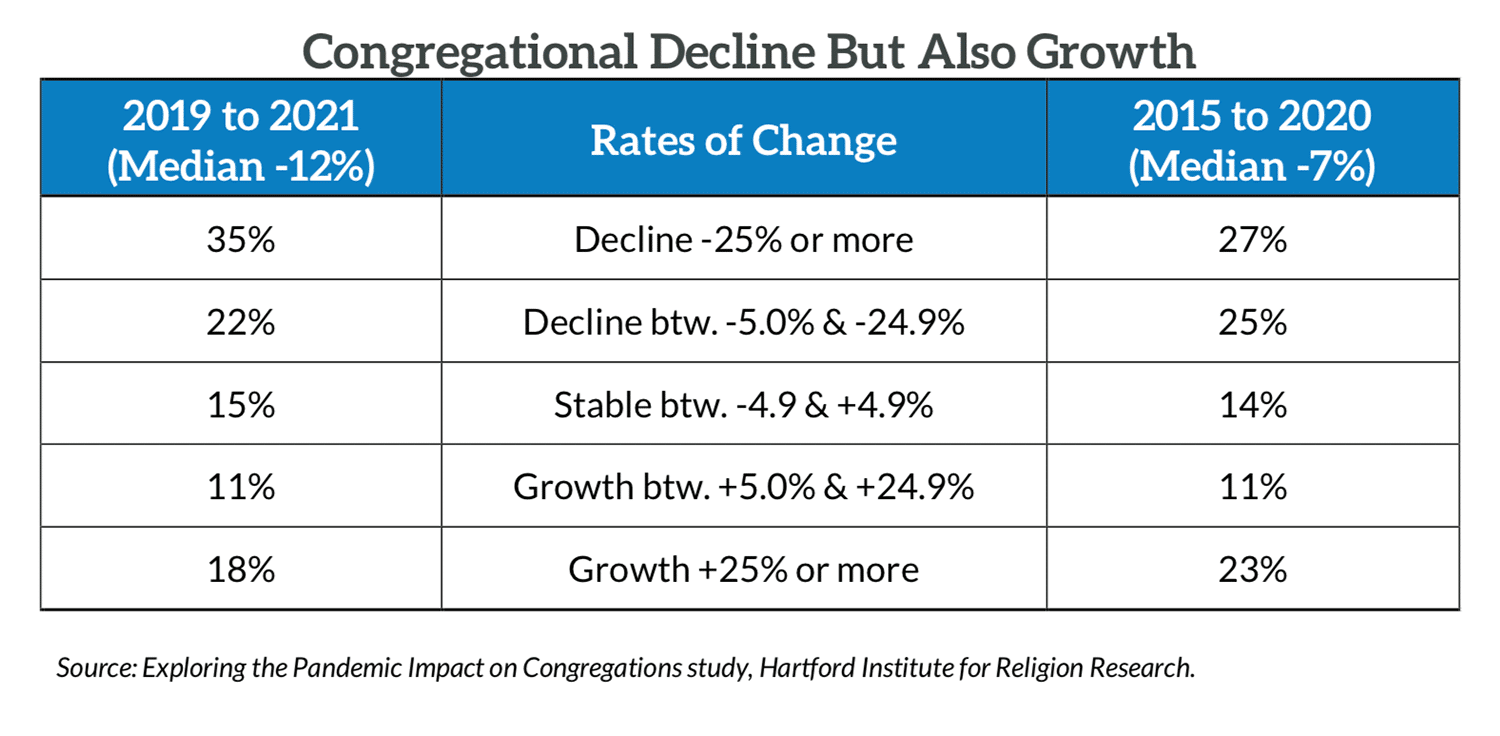
The mode of delivery of worship services was a major factor in whether median attendance increased or fell. For example, the 15% of churches that met solely in person saw the steepest decline in attendance — 15.7%. The 5% of congregations that offered only online worship had a decline of 7.3%.
But the 80% of congregations offering hybrid worship experienced an overall growth of 4.5%.
“These congregations tended to be larger with younger clergy, reporting moderate willingness to change, and expressing some struggles to adapt,” the study by Thumma stated. “They also reported the most infections of Covid-19 of staff and members, as well as the most congregational deaths. These congregations represent 60% of Catholic/Orthodox congregations, 62% of Mainline, and 90% of all Evangelical congregations.”

Overall, the study found that 17% of churches had one or more members die of COVID-19 and 37% had a least one staff member test positive for the virus.
The study also found widely varying giving patterns. While 4 in 10 churches saw an increase in giving, another 3 in 10 reported a decline in donations from members.
The study, titled “Navigating the Pandemic: A First Look at Congregational Responses,” is the first of a new five-year project led by the institute at Hartford International University for Religion and Peace (formerly known as Hartford Seminary).
Based on a collaboration among 13 denominations from the Comunidades de fe hoy cooperative partnership and institute staffers, the study has an estimated overall margin of error of plus or minus 4 percentage points.
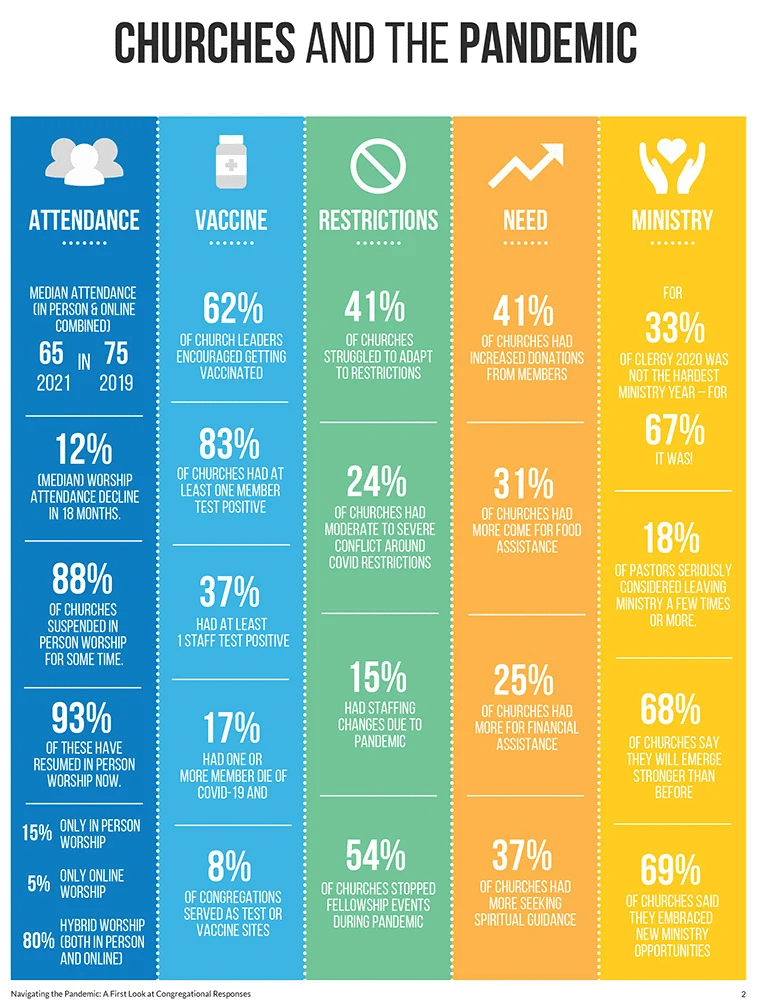
 Adelle Banks es editora de producción y corresponsal nacional de Religion News Service.
Adelle Banks es editora de producción y corresponsal nacional de Religion News Service.
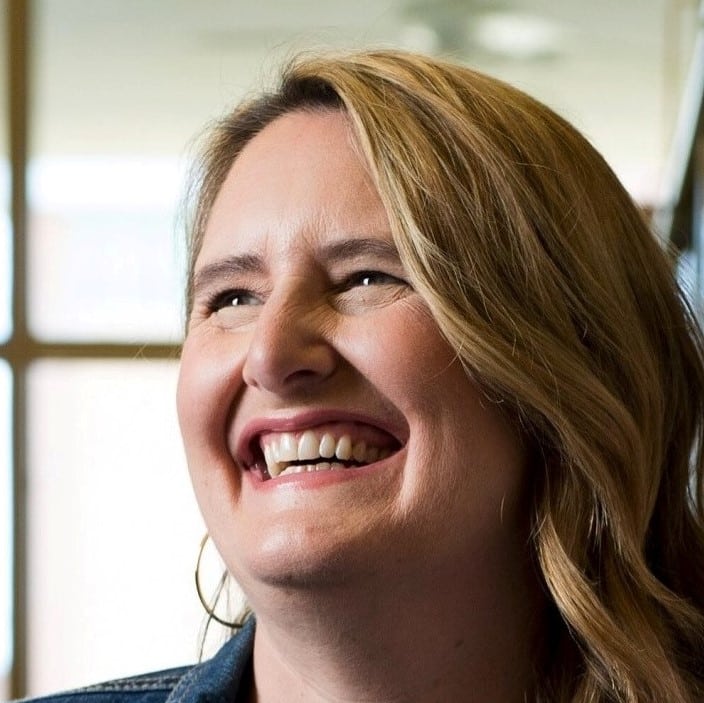



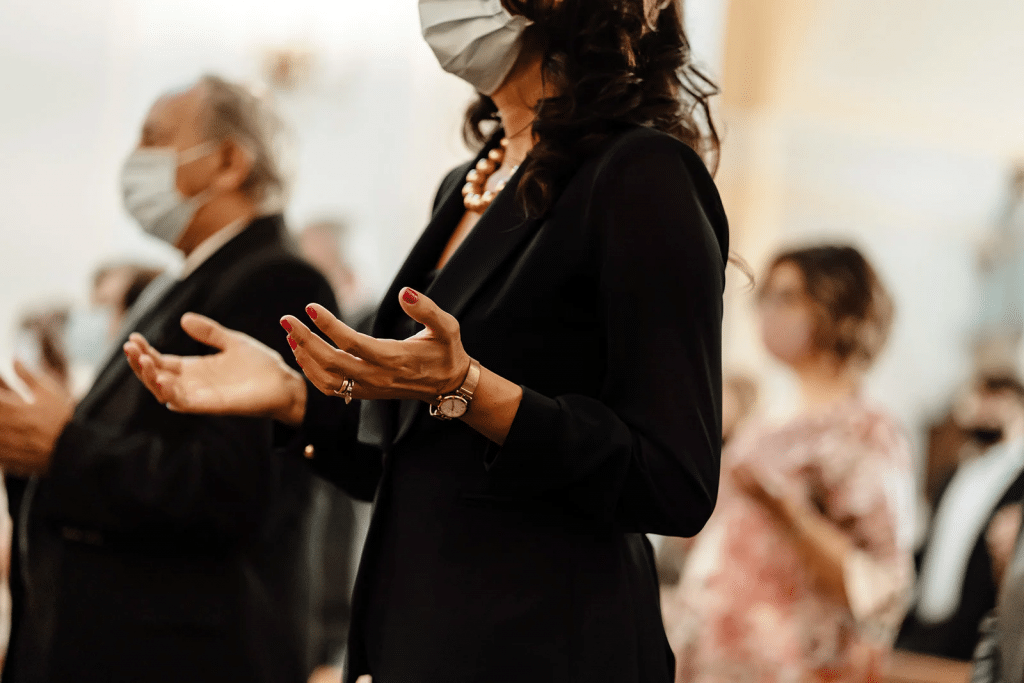
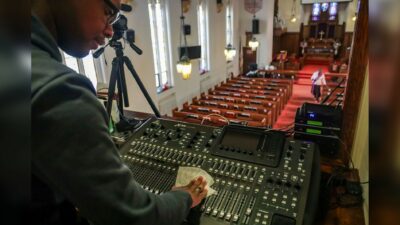
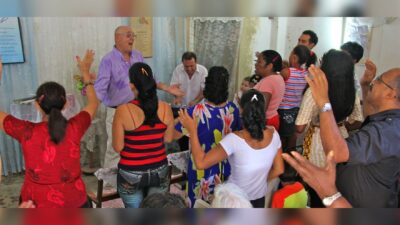
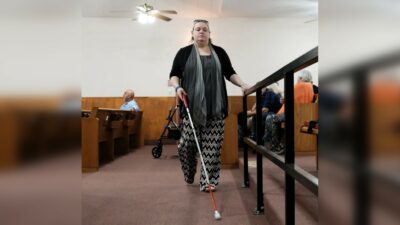
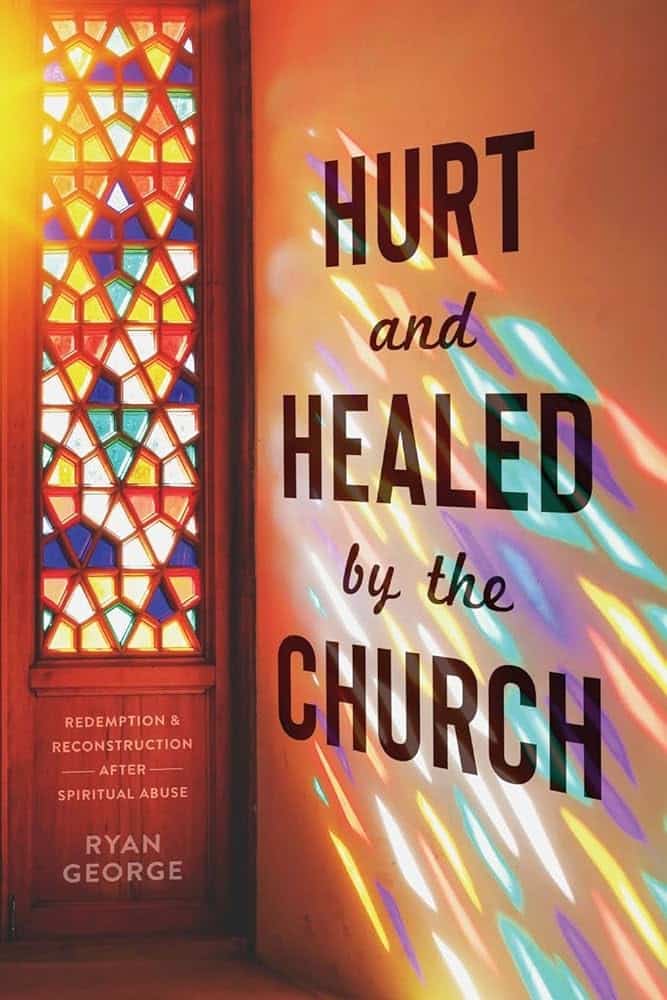

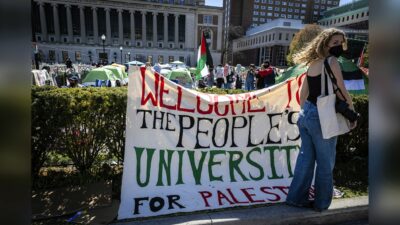


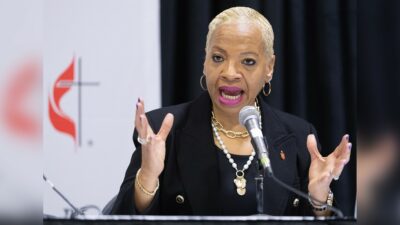






2 Respuestas
If my minister asked me to get vaccinated, I’d ask where he got his medical degree, if he was a licenced medical practitioner, and how he had insight into my medical history.
I hope there’s the same approach if your minister advised you NOT to get vaccinated.